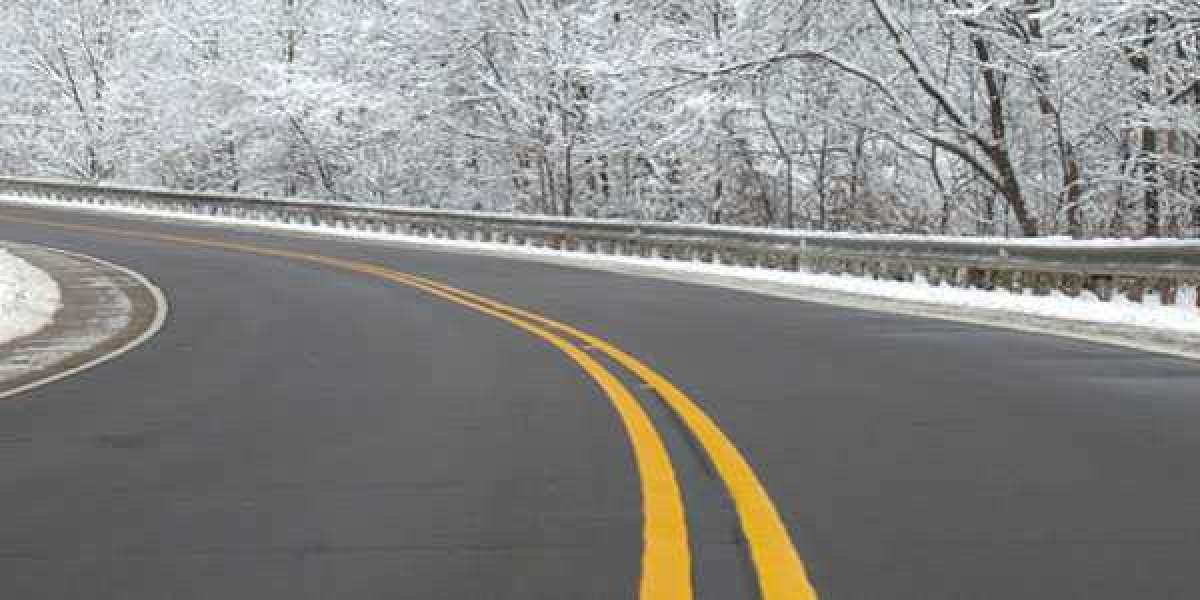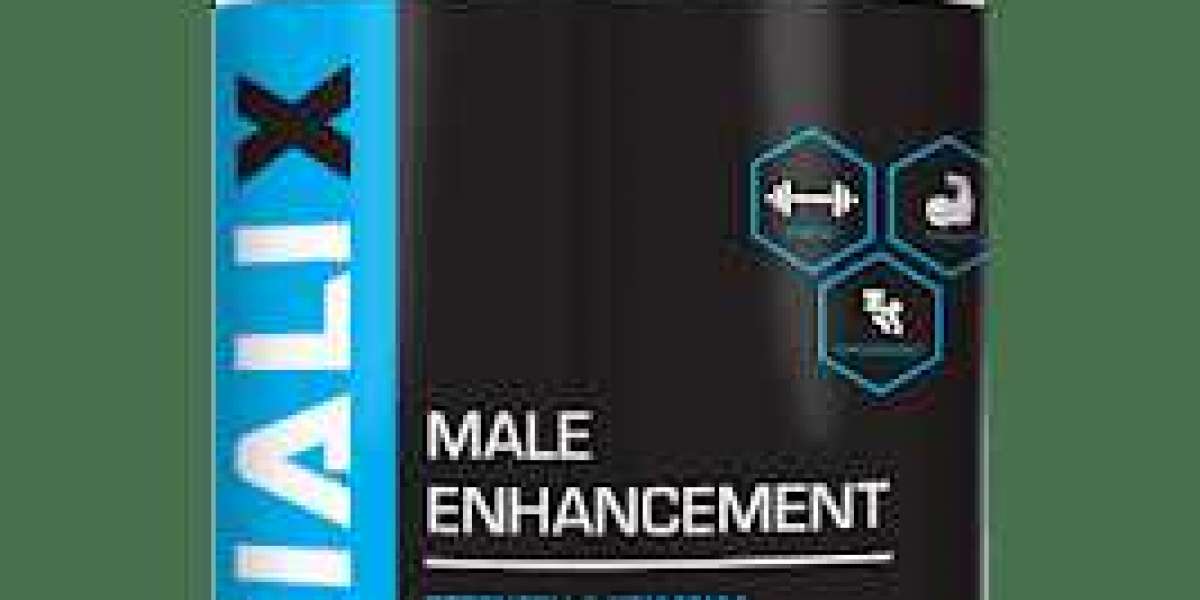We're talking about rock salt, of course, and why you should choose liquid de-icer for sidewalks as your first solution.
When your sidewalk and parking lot freezes over, it can become a hazard. You might have a bag of rock salt at the ready – which is common – but the issue is if it's very cold outside, the salt may not work. In fact, when the thermometer drops to below -7C, rock salt takes much longer to work.
The more effective approach is to apply liquid de-icer for steps first. These products are formulated using magnesium chloride and calcium chloride, which can work at colder temperatures while being gentler on your outdoor surfaces.
The Unintended Side Effects of Salt
Aside from the icky mess that salt can create inside your house (not to mention needing to scrub your footwear), there are other potential issues from using rock salt.
Yes, conventional road salt can melt ice in the right conditions – but it comes with potential complications compared to de-icer for roads.
That's because rock salt can bounce or spill over into soil beds, where it can wreak havoc on organics. More specifically, it can literally starve plants of moisture by impeding water flow to their roots. Conventional salt can also leave brown patches (or even bald patches) on your lawn, while causing damage to the trees on your property, including maples and pines.
Sodium chloride – the proper name for rock salt – is also quite corrosive. It can cause damage to unprotected metal surfaces (such as stainless steel), especially rougher surfaces that can't easily be washed clean.
Why Liquid De-icer For Sidewalks is The Better Choice
While rock salt has long been the dominant method of tackling ice mainly due to cost, liquid de-icer for steps and even roads is taking its place. With solutions such as magnesium chloride and calcium chloride, you can expect an ideal price to performance ratio.
Liquid de-icer can be used effectively as a way to break up icy buildups that regular salt can't penetrate. But what's more is that liquid de-icer for roads can actually be applied before the icy conditions hit, allowing you to be more proactive. This move can prevent ice and snow from bonding to a solid surface, which makes clearing it all away afterwards much simpler.
Modern formulations of magnesium chloride are gentler than rock salt, while still being a powerful de-icer. This is an ongoing issue for Canadian municipalities, which often spend money on damaged infrastructure due to salt corrosion (not to mention rust damage to vehicles.)
Go With The Flow
Liquid de-icer for steps and other outdoor features more accurately targets patches of ice, as it won't scatter like rock salt. It can also be applied ahead of a deep freeze, to prevent ice bonding to the surface. Liquid de-icer can also make treated salt (like magnesium chloride) even more effective in colder conditions.
Learn more about the various liquid de-icing solutions available to us.







